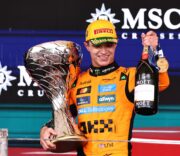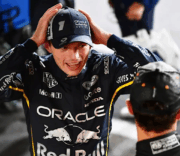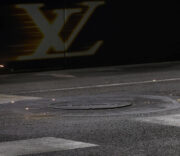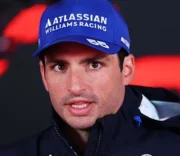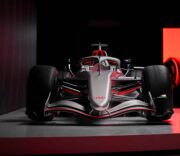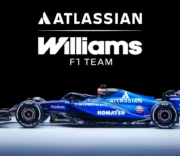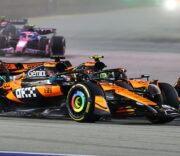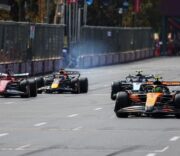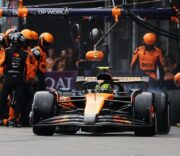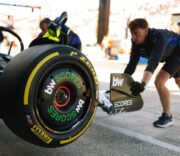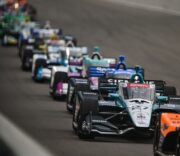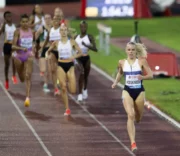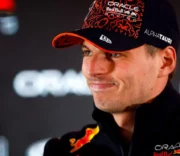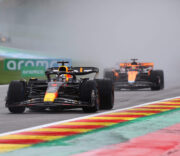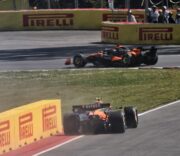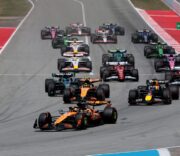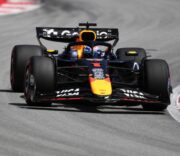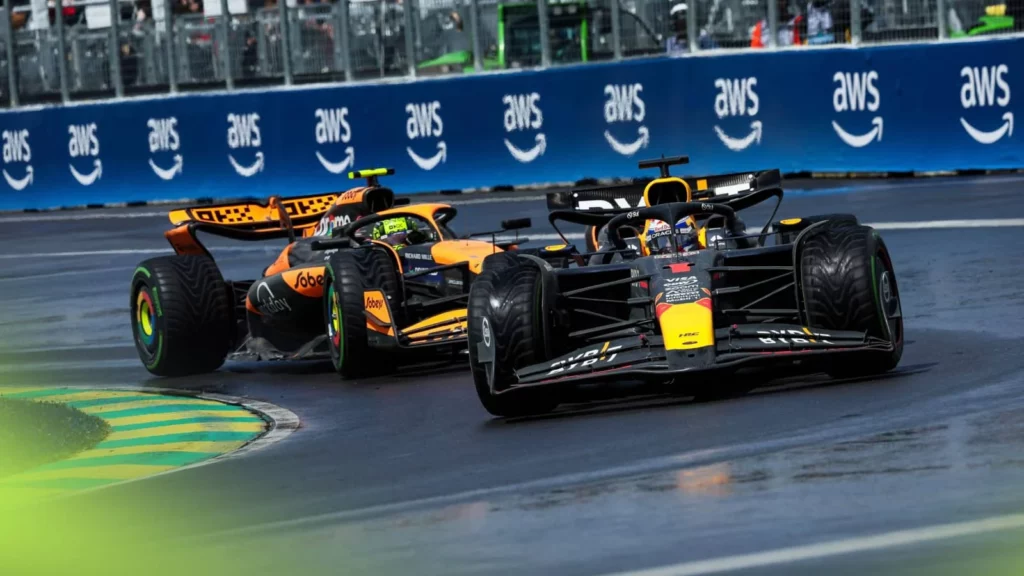
The Barcelona circuit, known for its demanding characteristics, provides an ideal backdrop to gauge the current strengths of Formula 1 teams. With Red Bull, Ferrari, and McLaren showing competitive momentum and Mercedes regaining form, the stage is set for a revealing showdown in the upcoming race.
Barcelona Circuit Overview: A True Test of Speed and Stability
The Barcelona circuit is widely recognized as a premier racing track, serving as a crucial preseason testing venue for Formula 1 teams. The track has a history of favoring the fastest teams, with the most recent non-Mercedes or Red Bull victory occurring in 2013 when Fernando Alonso took the checkered flag for Ferrari.
This challenging circuit features long, fast corners that test both car and driver. The first sector includes a long DRS zone and the sweeping Turn 3, which demands excellent rear stability. The second sector is marked by the daunting Turn 9, where the gradient and potential crosswinds increase difficulty. Recent modifications to the third sector have removed the final chicane, enhancing overtaking opportunities and allowing for closer following.
The circuit’s fast corners generate significant lateral forces, impacting both driver and vehicle performance. Effective stability and balance, achieved through well-calibrated downforce, are critical. The elimination of the final chicane has led engineers to adapt their strategies, focusing on increased downforce through the last corner to maintain stability.
Key Factors Shaping the Spanish Grand Prix: Tyres, Temperatures, and Team Strategies
Pirelli has selected its hardest tyre compounds—C1, C2, and C3—for the race in Barcelona, where tyre wear is typically high. This condition is expected to necessitate two pit stops for most drivers on Sunday, emphasizing the importance of strategic planning in the race outcome.
Additionally, the race is scheduled three weeks later than the previous year, likely leading to higher temperatures and increased tyre degradation.
While there are variations, the design of the rear wings among the teams remains similar to that used in Canada. Red Bull and McLaren are employing aggressive setups with steeply angled DRS plates, contrasting with Mercedes’ choice of a less aggressive rear wing.
Significant updates are anticipated from almost all leading teams as they seek to enhance their performance in Spain. Notably, Team RB is expected to introduce their most substantial upgrade package of the season at this race.
Barcelona GP Preview: Red Bull Leads, Rivals Gear Up
Despite being the favorite for the Barcelona race, Red Bull faces a challenging track that suits their car well. Max Verstappen and his team need to watch out for Ferrari and McLaren, who are strong contenders. McLaren, known for stability in fast corners, should perform well despite lower top speeds, which are less penalizing on this circuit.
Ferrari’s challenge centers around tyre heating issues, especially with the hard Pirelli tyres. They’ve introduced a new rear and beam wing, which could mitigate earlier problems. Mercedes, awakening from a lackluster season start, showed promise in Canada. Although they’re not introducing aero upgrades in Barcelona, mechanical adjustments aimed at reducing weight could prove crucial.
With all top teams poised for a competitive race, fans can anticipate a thrilling battle for supremacy at the Barcelona GP.



